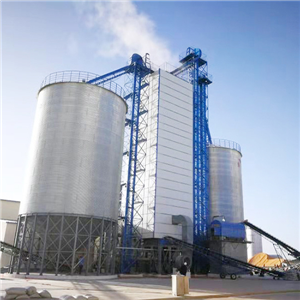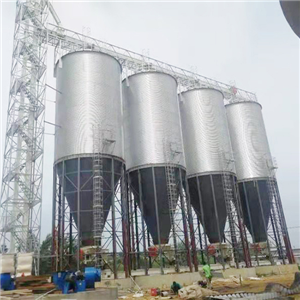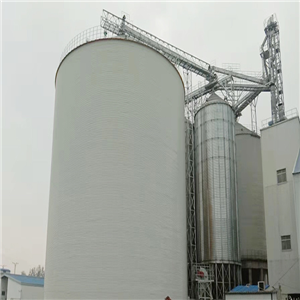Climate Adaptation: Green Agriculture Shapes a Resilient Future for Grain Security
Climate Risks Intensify: The Stakes for Grain Security
Disrupted Production Patterns: Northern China’s wheat and corn belts face worsening droughts, straining irrigation resources, while southern rice-growing regions grapple with more frequent floods. These shifts have shortened crop growth cycles and heightened regional imbalances in grain supply, directly threatening stable access to staple foods.
Eroded Ecological Foundations: To offset climate-induced yield losses, over-reliance on chemical fertilizers and pesticides has escalated, exacerbating soil degradation and water pollution. Such practices undermine the long-term productivity of farmland, weakening the very foundation of grain security.
Inefficient Resource Use: Erratic rainfall and outdated irrigation systems have left agricultural water use efficiency at around 40% in many regions—far below global best practices. This inefficiency, compounded by climate-driven water scarcity, further tightens the constraints on grain production.
Green Transformation: A Three-Pronged Shield for Grain Security
Synergizing Economic and Ecological Gains: Innovations like soil-testing fertilization and bio-pesticides are proving transformative. By cutting chemical use by over 20% per hectare while stabilizing yields, these practices deliver a dual win: reducing carbon footprints and shoring up grain production stability. This balance ensures that short-term productivity does not come at the expense of long-term grain security.
Bridging Innovation and Adoption: From drought-resistant crop varieties to smart irrigation systems, green technologies are moving from labs to fields faster than ever. For instance, drought-tolerant corn strains have boosted yields in arid regions by 15%, directly enhancing grain security in climate-vulnerable areas. Crucially, this progress depends on closing the "technology gap"—making these tools accessible to farmers through training and support networks.
Tailoring Solutions to Regional Realities: China’s diverse agro-ecosystems demand localized approaches. Northern regions are prioritizing dryland farming and water-saving techniques, while southern areas focus on rice field carbon sequestration and eco-farming. This regional differentiation ensures that climate adaptation does not compromise grain output, keeping the core of grain security intact.
Pathways to Resilience: Strengthening Grain Security Through Action
Revitalize Crop Systems: Align planting patterns with climate realities—promote corn-soybean rotation in Northeast China to combat soil exhaustion, and expand drought-resistant crops in southern hills. Such adjustments enhance the adaptability of grain production to climate shifts, reducing vulnerability.
Scale Green Technologies: Build partnerships between researchers, businesses, and farmers to simplify and disseminate innovations. Drone-based pest control and AI-driven precision irrigation, packaged into user-friendly tools, can cut carbon emissions by 18% while limiting grain losses to under 5%—directly boosting both sustainability and security.
Upgrade Infrastructure: Invest in climate-smart facilities: expand rainwater-harvesting systems in the North China Plain, deploy intelligent flood monitoring in the Yangtze River basin, and modernize storage facilities to reduce post-harvest losses. These upgrades provide the "hard backbone" for resilient grain production.




